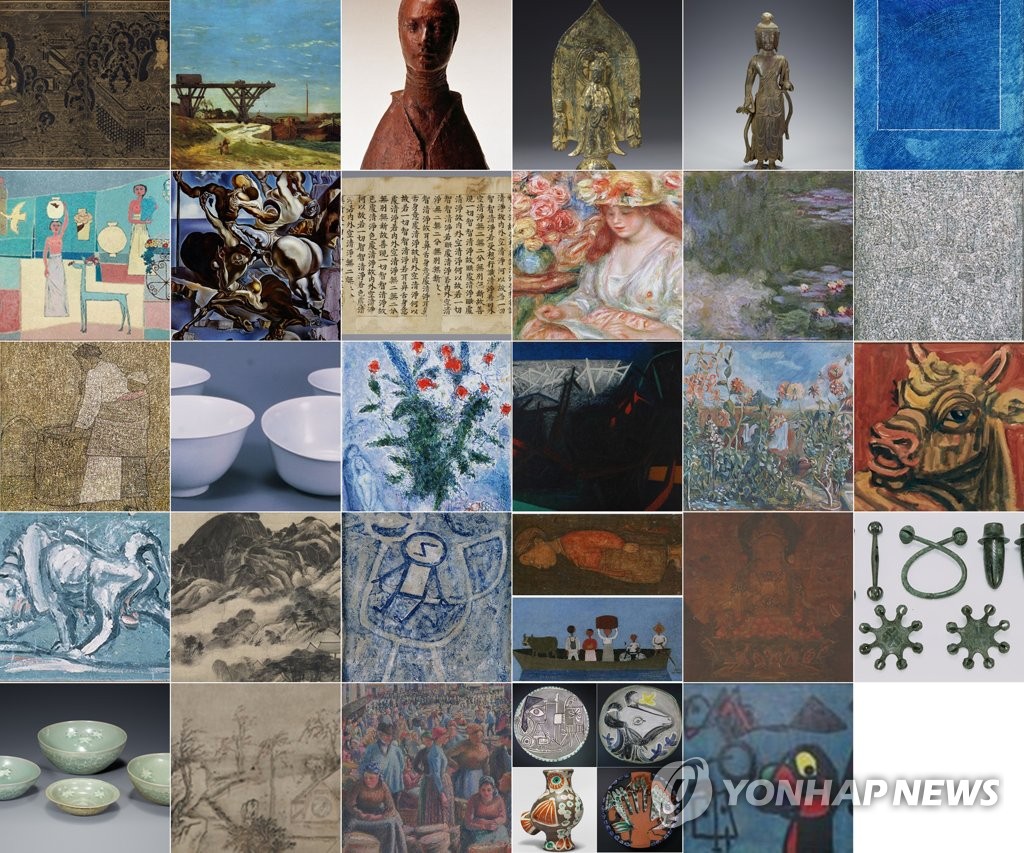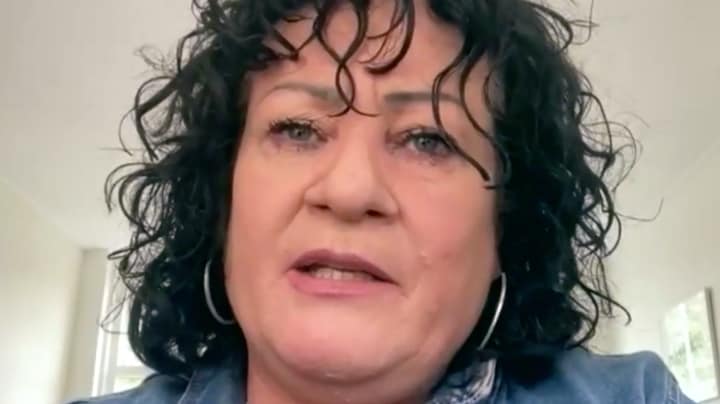SEOUL, May 10 (Yonhap) – South Korean cities, from Suwon to Busan, are vying to host a possible museum for the vast art collection of the late Samsung chairman Lee Kun-hee, while several of them claim to be the ideal place due to its special ties to the Lee family.
—
Samsung and the Ministry of Culture, Sports and Tourism announced on April 28 that Lee’s family, who died in October, will donate some 23,000 works from their art collection, including masterpieces by South Korean and Western artists such as Kim Whan. -ki, Claude Monet and Salvador Dalí.
—
The National Museum of Modern and Contemporary Art (MMCA), which received most of the national treasures and works of art, has already scheduled exhibitions in June and August, respectively.
—
However, many cities outside of Seoul are hoping that a new museum will be built to house the entire collection and that they will be the headquarters.
—
The possibility of a new museum increased when President Moon Jae-in ordered his Administration, on April 28, to study the installation of a separate exhibition hall within existing museums or the construction of a special room to exhibit. donated works to the public.
—
Culture Minister Hwang Hee also said at a press conference the same day that the government “will have no choice” but to evaluate the construction of an art museum or storage space.
—
The reasons given for bringing Lee’s art collection to interested cities are as varied as they are ingenious.
—
Park Heong-hoon, the mayor of Busan, South Korea’s second-largest city, objected to reports that the new museum could be built in Seoul, noting that the capital area already houses two Samsung-affiliated museums – the Samsung’s Leeum Art Museum and the Ho-Am Art Museum.
—
The mayor wrote, on May 2, on his Facebook account, that, to honor the deceased’s desire to promote the country’s culture, the right thing to do would not be to build the museum in the capital area, but rather “in the south.”
—
He added that if it is built in the capital, it would be one of many art galleries, but if it were in Busan, it would be an attraction that everyone “should visit.”
—
In Uiryeong, a county 396 kilometers southeast of Seoul, officials pointed to the story of Lee’s family as a reason for hosting the museum.
—
Lee’s late father and Samsung founder Lee Byung-chull was born in Uiryeong and his son was raised by his grandmother in the county.
—
Uiryeong Governor Oh Tae-wan said on May 3 that he considered it would be more significant if the county, with its deep-seated ties to Samsung, would host the Lee Kun-hee art museum.
—
The following day, the municipal government of Suwon, 46 kilometers south of Seoul, held a closed-door meeting to discuss its own response.
—
In Suwon are the headquarters of Samsung Electronics and the graves of Lee and his family. There is also the Hwaseong Fortress, a UNESCO designated world heritage site and the origin of several of Lee’s donated national treasures, which is located relatively close to Seoul and Incheon International Airport.
—
At the meeting, Suwon Mayor Yeom Tae-young ordered his officials to make preparations for when the government announces its decision on the new museum, according to people who were in the session.
—
They added that the city’s policy and culture, sports and education departments have started looking for potential sites and trying to find areas of cooperation with local politicians.
—
A municipal official said he believes there are many reasons and motives for the “Lee Kun-hee” art gallery to be built in Suwon.
—
The city of Jinju, 434 kilometers southeast of Seoul, also claims to have the winning entry.
—
Its mayor, Jo Kyoo-il, said on Thursday that the city lies between Yeongnam and Honam, referring to the southeastern and southwestern halves of the country, respectively. He added that it is located an hour or two away from Busan, Ulsan, Daegu, Gwangju, Jeonju and all other major cities in the south, which makes it the most suitable place to build the art museum.
—
He also pointed out that Lee Byung-chull was a student at an elementary school in Jinju.
—
A fifth bidder, who may not be the last, is Daegu, the birthplace of Lee Kun-hee and the Samsung Group, located 302 kilometers southeast of Seoul.
—
The city said last week that it plans to launch a committee aimed at bringing the museum into its territory, citing its relative proximity to Seoul and Gimhae International Airport, as well as the importance of sharing cultural treasures across the country.
—
The city’s mayor, Kwon Young-jin, said Thursday that Daegu has served as one of the top three centers for Korean contemporary art, along with Seoul and Pyongyang, emphasizing that his city would be the “obvious” place to build. the museum.
—


